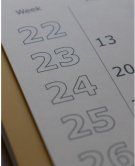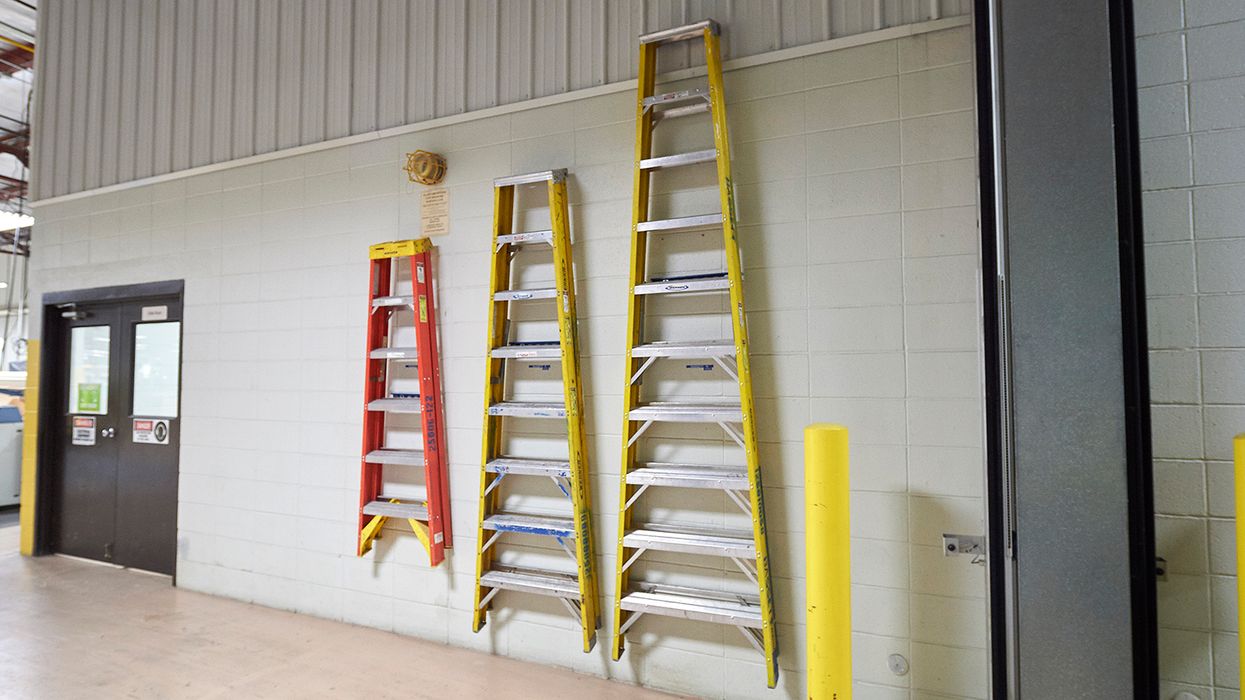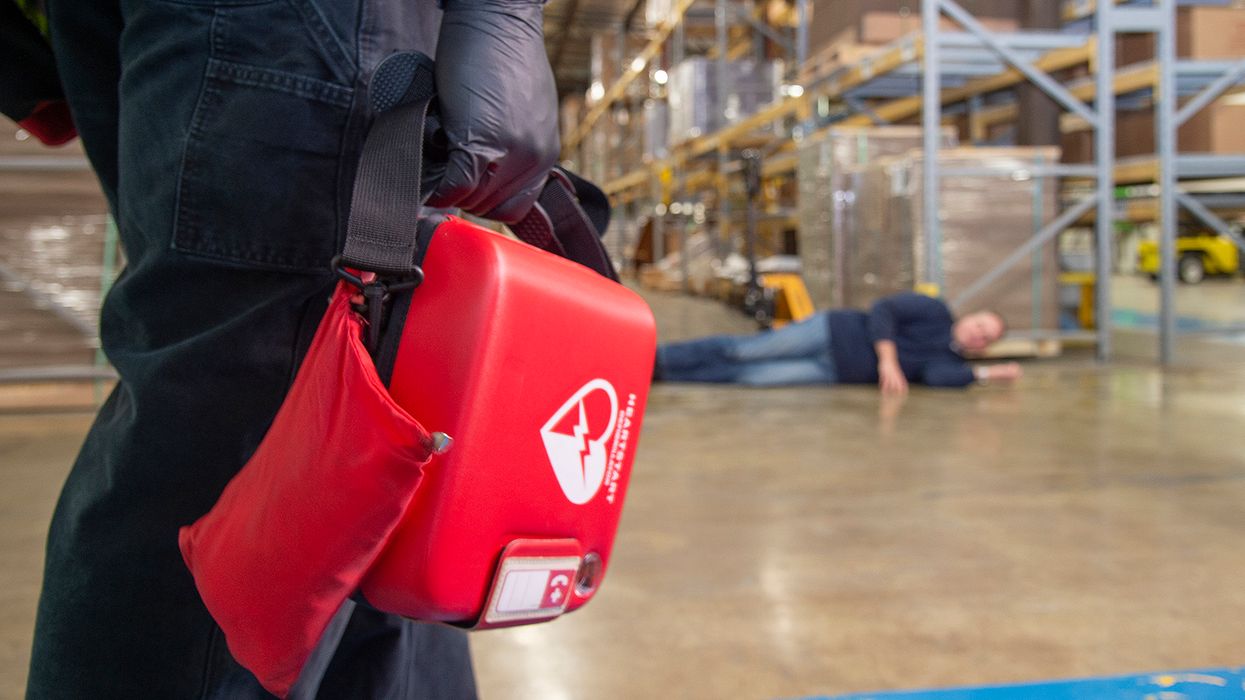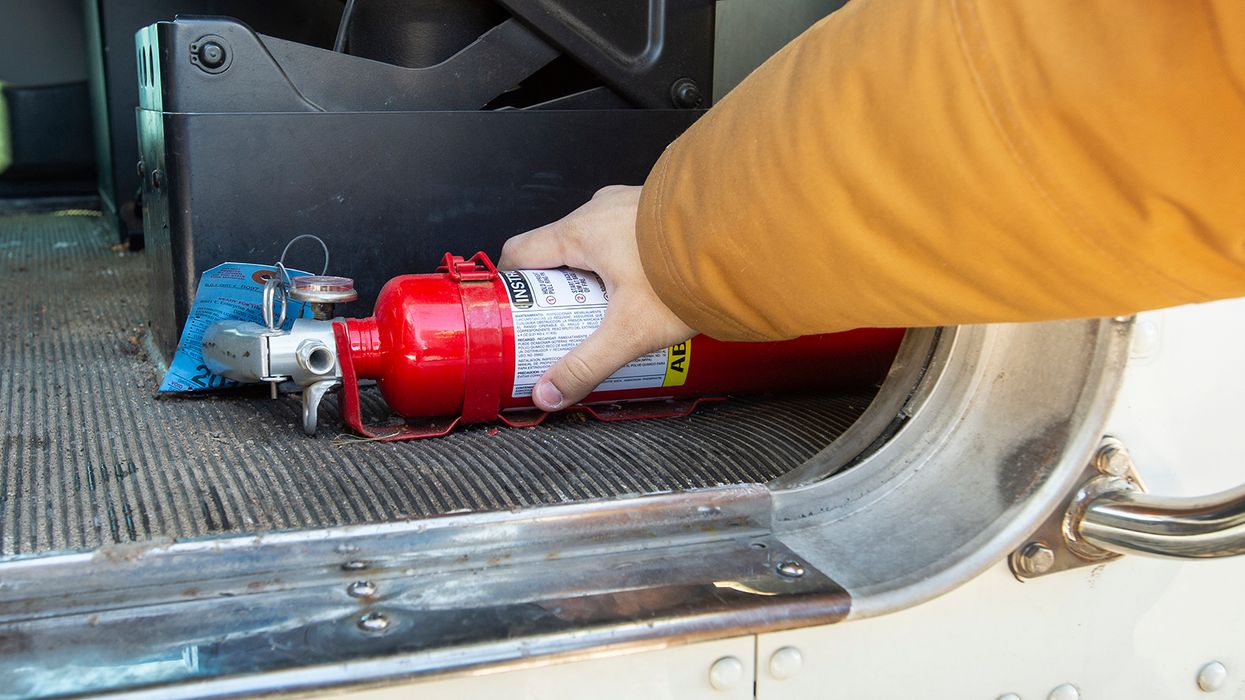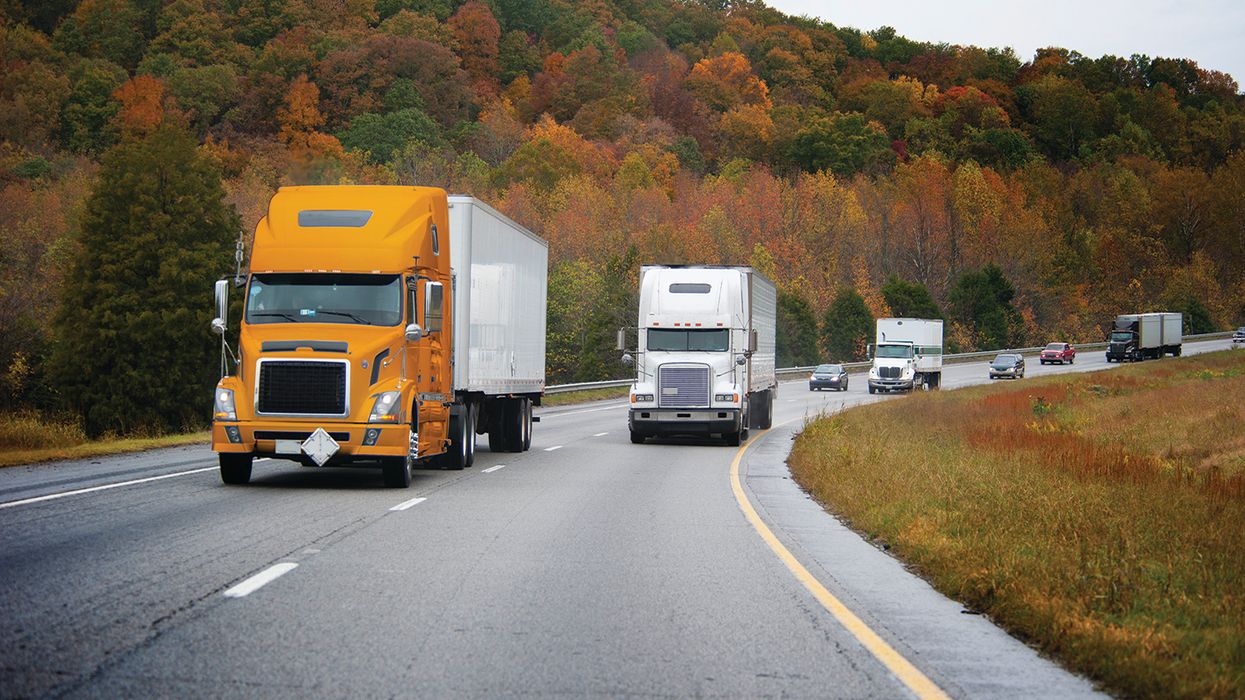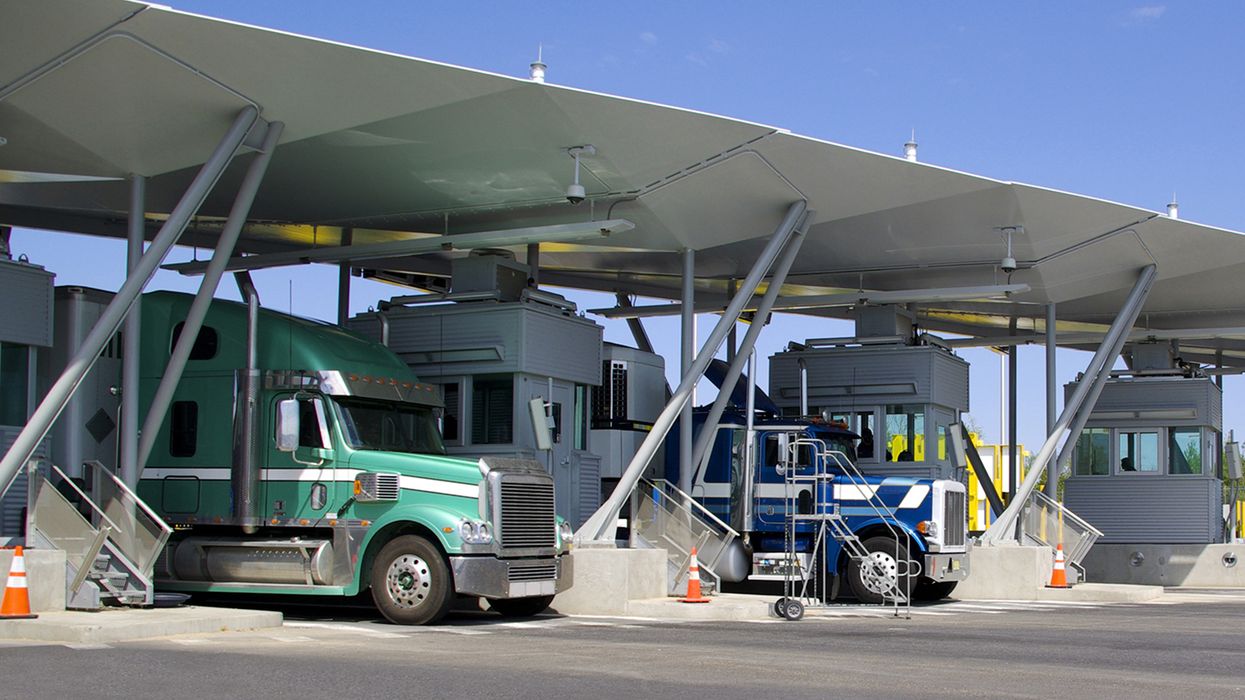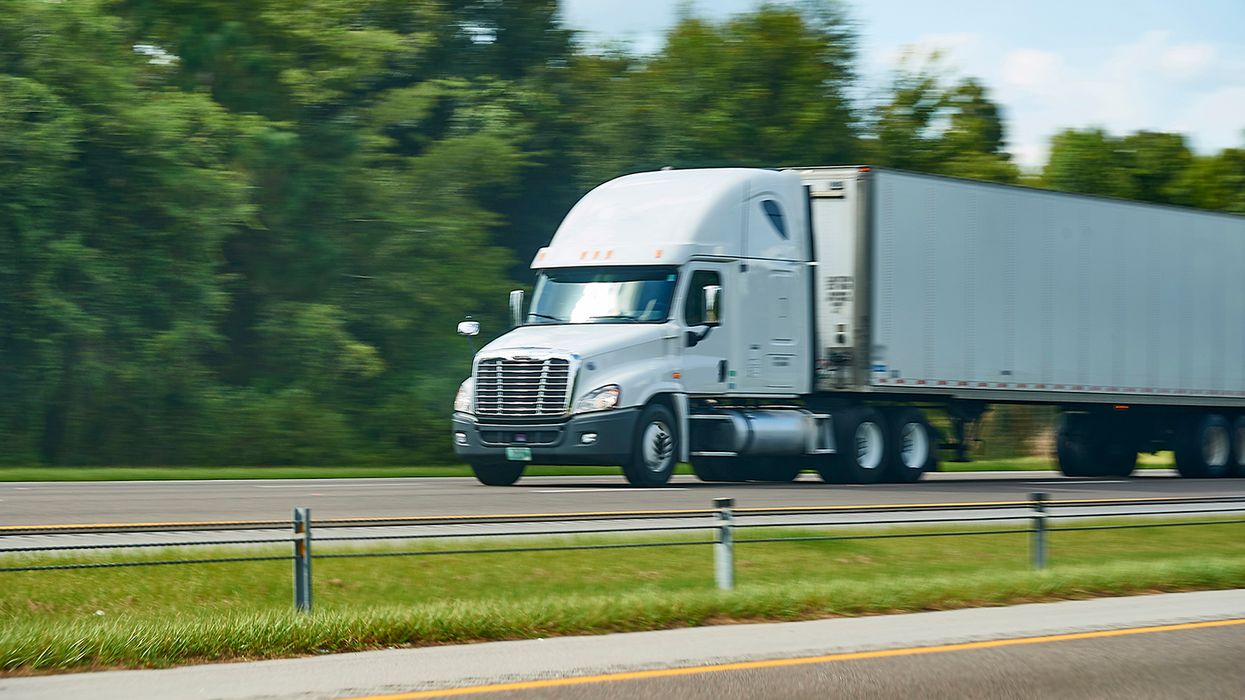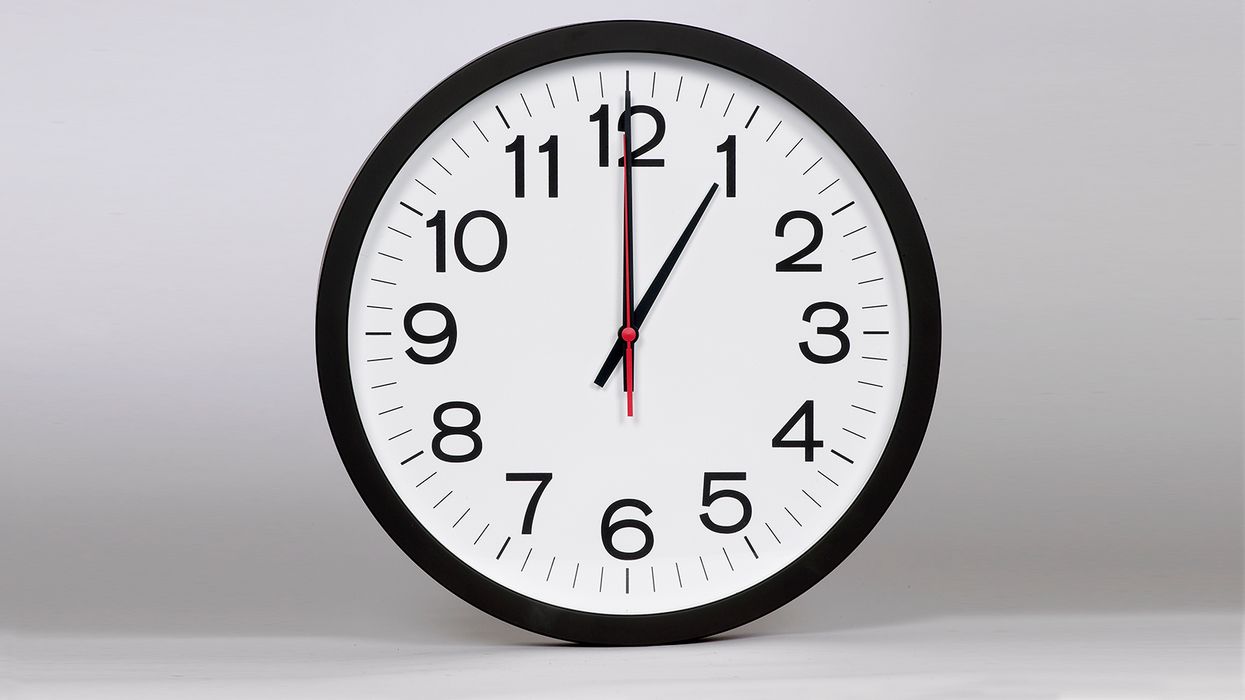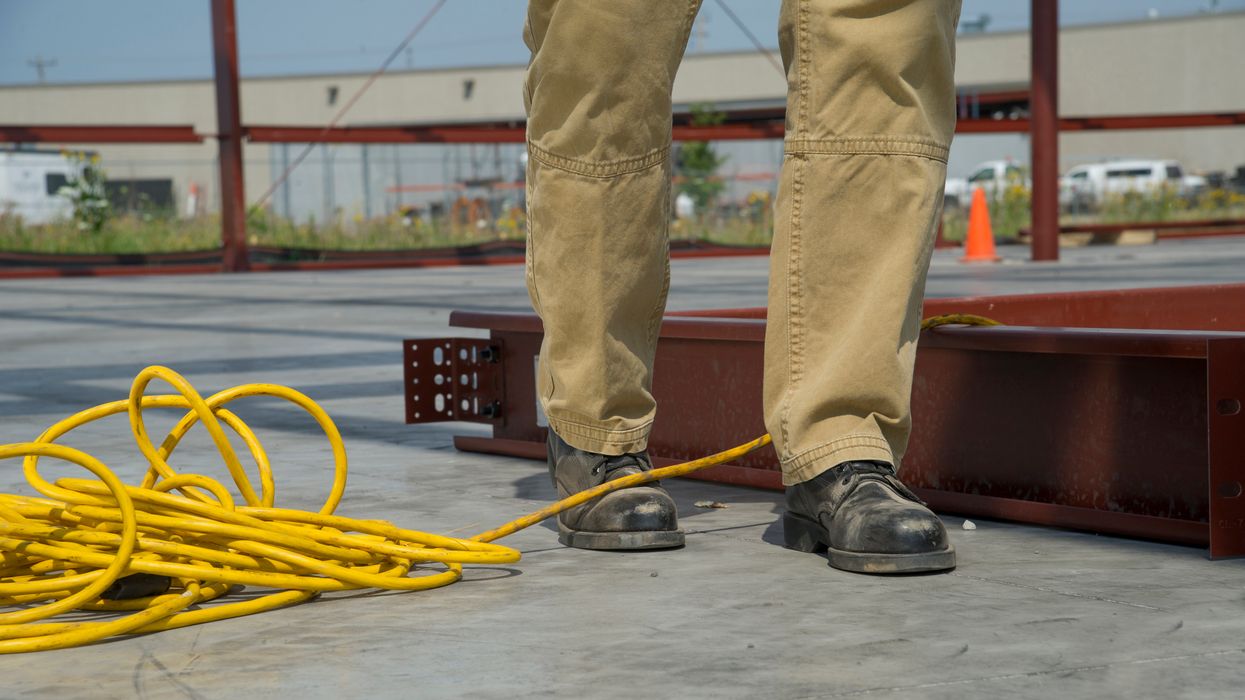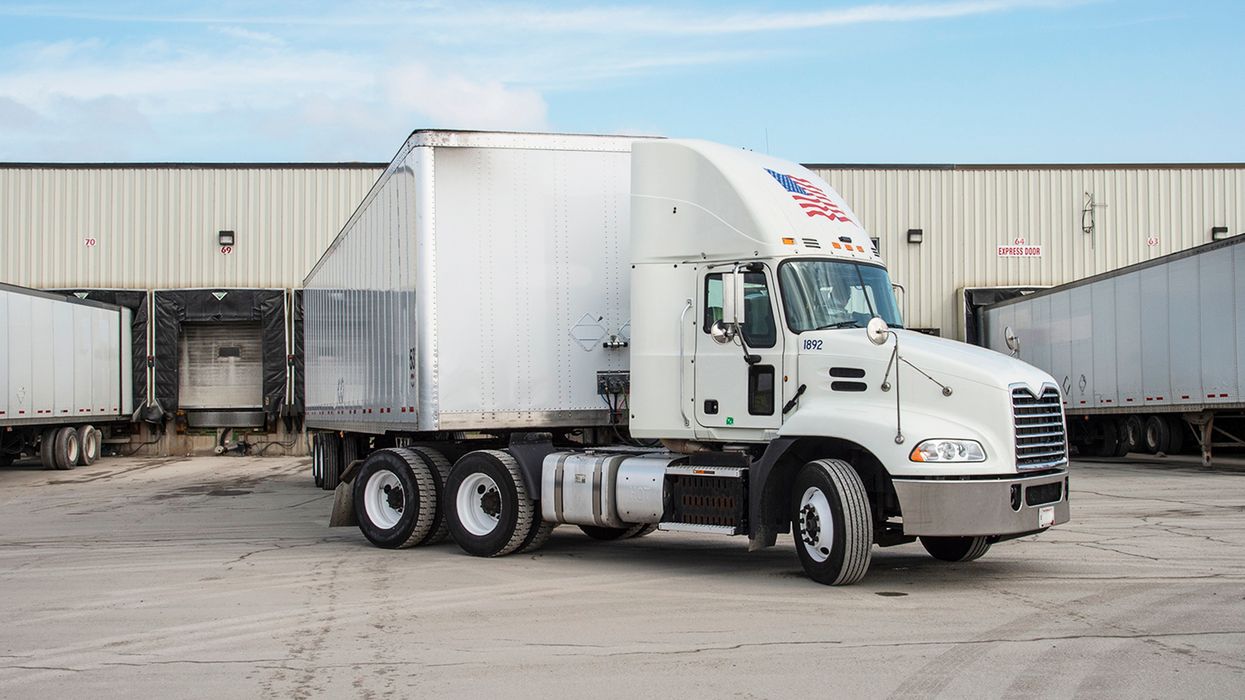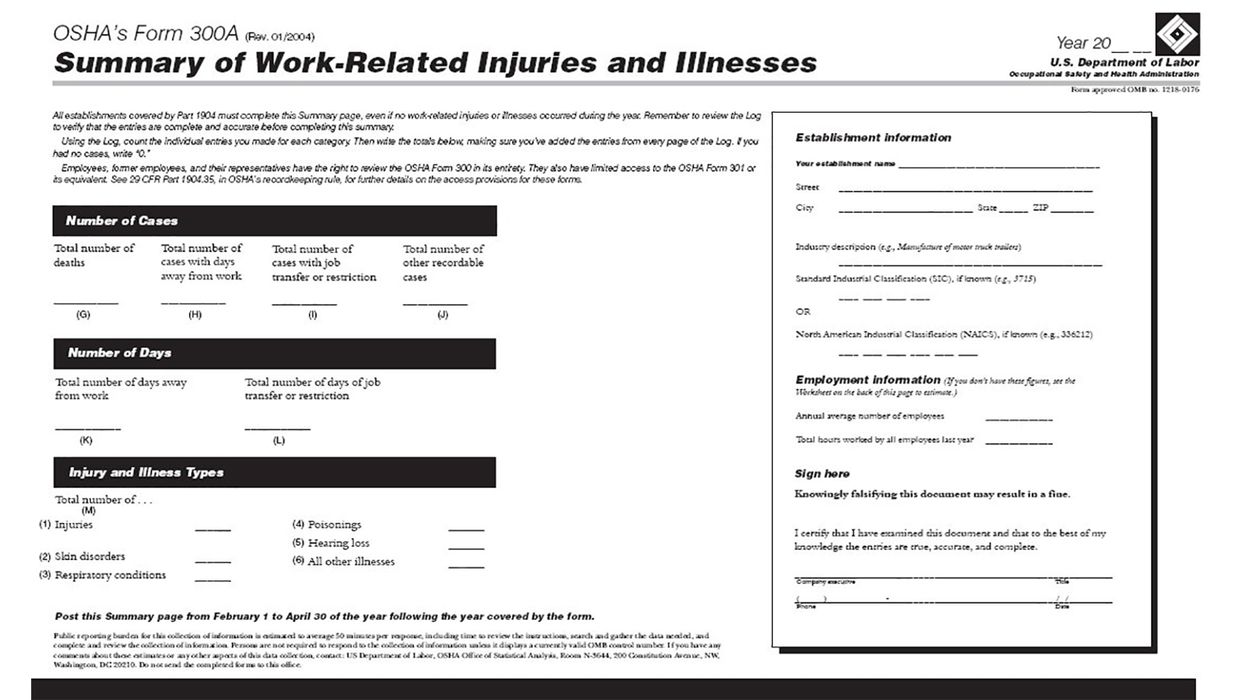OSHA to pull the plug on remaining healthcare COVID-19 regulations
OSHA recently proposed to strip away the last of its COVID-19 regulations found in portions of 29 CFR 1910 subpart U. These surviving regulations relate to recordkeeping and reporting (R&R). The deregulatory move comes four years after the subpart was first published in the Federal Register.
Note that OSHA stopped enforcing all provisions of subpart U on December 27, 2021, except for the R&R provisions. The agency also ceased work on January 15, 2025, on a rulemaking to create a permanent COVID-19 for Healthcare standard. Moreover, OSHA issued a memo in February 2025 announcing that it’s not enforcing the R&R requirements in subpart U.
Therefore, right now just the COVID-19 R&R provisions are in effect but not enforced. Those are the provisions that OSHA intends to eliminate, according to a July 1, 2025, proposed rule. Comments are due by September 2, 2025.
| News update: The comment period for the Occupational Exposure to COVID-19 in Healthcare Settings proposal that was published at 90 FR 28336 on July 1, 2025, is extended! Comments on any aspect of the proposal must be submitted by November 1, 2025. See the deadline extension here. Also, see a second and different news update near the end of this article. |
COVID-19 R&R provisions
The COVID-19 R&R provisions currently found in the Code of Federal Regulations (CFRs) call for over 562,000 covered healthcare employers to:
| Duty: | 1910.502: |
| Establish and maintain a COVID-19 log to record all employee cases of COVID-19, regardless of whether the cases are work-related | (q)(2)(ii) |
| Make the COVID-19 log or some version of it available to their employees, employee representatives, and OSHA | (q)(3)(ii) - (iv) |
| Report work-related COVID-19 fatalities/hospitalizations among employees to OSHA, regardless of how much time passed between the work-related exposure to COVID-19 and the employer learning about the fatality/hospitalization | (r) |
Proposed changes
OSHA specifically proposes to remove:
| What: | Including: |
| COVID-19 R&R provisions in 29 CFR 1910 subpart U | 1910.502(q)(2)(ii), (q)(3)(ii) - (iv), and (r) |
| Regulatory references to 1910.501 | 29 CFR 1915.1501, 1917.31, 1918 subpart K, 1926.58, and 1928.21(a)(8) |
Why the changes?
OSHA offers 12 reasons for removing the R&R provisions that are in subpart U:
- When OSHA stopped enforcing the bulk of subpart U in 2021, the R&R provisions were no longer part of an integrated regulatory scheme;
- The R&R provisions are of lesser utility since COVID-19 vaccines are widely available and the public health emergency has ended;
- The Centers for Disease Control and Prevention (CDC) and medical professionals now treat COVID-19 cases and reporting more like flu and respiratory illnesses;
- Most COVID-19 testing is now through self-administered tests at home, and there’s no expectation to report positive test results;
- The accuracy of data collected by employers under the COVID-19 log provision has eroded;
- The importance of an additional recordkeeping tool solely for COVID-19 is questionable;
- Clearing out the recordkeeping provisions would relieve employers from recording work-related cases on two separate sets of forms (injury/illness forms and the COVID-19 log);
- Discarding the reporting provisions does not eliminate the obligation to report to OSHA any work-related cases of COVID-19;
- The lengthy incubation time for COVID-19 would make it uncommon to cause hospitalization within 24 hours of exposure (and mandatory reporting), but the same is true of other respiratory illnesses;
- Since employers’ knowledge about COVID-19 cases among their employees is limited, reporting hospitalizations/fatalities to OSHA would be similarly constrained;
- Given CDC’s phase out of many COVID-19-related recommendations for healthcare, the need for COVID-19 reporting to trigger an immediate OSHA inspection has waned; and
- OSHA has no new evidence that the R&R provisions in subpart U provide meaningful assistance to employers at this point.
Therefore, OSHA says it’s no longer appropriate to apply R&R regulations to COVID-19 that are more burdensome than those already prescribed under 29 CFR 1904 for other infectious diseases. Part 1904 is the Recording and Reporting Occupational Injuries and Illnesses standard. The agency argues that 1910.502(q)(2)(ii), (q)(3)(ii) - (iv), and (r) should be removed from the CFRs.
Also, Part 1915, 1917, 1918, 1926, and 1928 references to 29 CFR 1910 subpart U are outdated, contends OSHA, because they refer to provisions in the CFR that no longer exist. Omitting these references would be purely administrative.
Heads up on another rule
Given the new administration, it’s unknown whether OSHA would withdraw its Infectious Diseases rulemaking from the agenda. Yet, a statement in the latest COVID-19 proposal teases stakeholders about the possibility of an Infectious Diseases proposal.
The preamble text states, “On January 15, 2025, OSHA terminated the [permanent COVID-19 for Healthcare rulemaking] on the basis that the COVID-19 public health emergency was over and any ongoing COVID-19 hazards would be better addressed in a rulemaking focusing on the broader hazard of infectious diseases … To the extent additional [R&R] tools are necessary and appropriate, they could be considered as part of a broader rulemaking that would facilitate employer adoption of more cohesive and consistent [R&R] policies to address workplace-transmissible diseases.”
| News update: The semi-annual agenda issued on August 15, 2025, indicates that OSHA withdrew the Infectious Diseases rulemaking (without announcement) on April 21, 2025. The agenda item explains, “In accordance with Executive Order 14192 (Unleashing Prosperity through Deregulation), the agency has concluded that rulemaking on infectious disease is no longer an agency priority and is withdrawing this rulemaking from the regulatory agenda.” Learn more here. |
Key to remember
OSHA proposed to discard the R&R provisions of its COVID-19 regulations in 29 CFR 1910 subpart U. These regulations are more burdensome than R&R requirements for other infectious diseases, argues OSHA. [Comments are due by November 1, 2025.]





















